AMAZON SEO CONSULTANT
Amazon listing optimisation + creation.
Home » Amazon Listing Optimisation + Creation
Optimisation of an Amazon listings
Some background information.
On-page optimisation of an Amazon listing is the process by which Amazon’s algorithm and customers can find your product. The specific keywords your product is optimised for will determine (initially) where you rank within Amazon’s A9 algorithm. The more detailed the keyword research, content and optimisation, the better these rankings will be.
At ASC we’ve optimised close to 2,000 individual listings over the past 5 years, evolving the process itself in this time. Starting from a very rudimentary approach evolving into what is now a hyper specific and detailed process that helps products (both new and existing) to generate more sales through Amazon.
When on-page optimisation is mixed with our off-page (Amazon rankings) methodology, extremely strong results occur.

how we have helped other brands rank on amazon
Case Studies & Results
These case studies shows the impact we had on a full optimisation, brand management and rankings campaign (please note this is for all 3 services as on-page optimisation is only stage 1 of the full ranking approach).
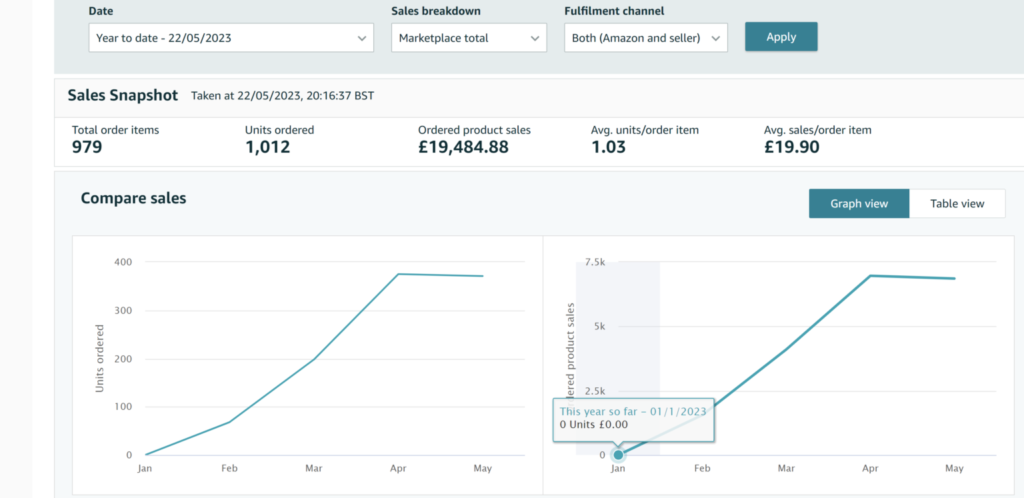
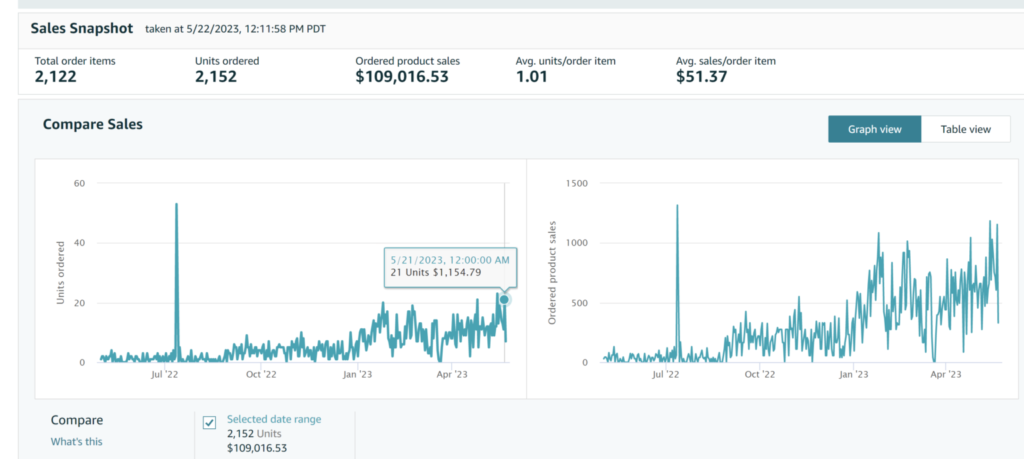
The below screenshot is from another health brand we’ve partnered with. This partner is in a very different niche, but saw even greater results as it was not a brand new product line. Growing from $1,700/day in sales to well in excess of $6,000/day. Generating a 23X ROI (based on revenue)
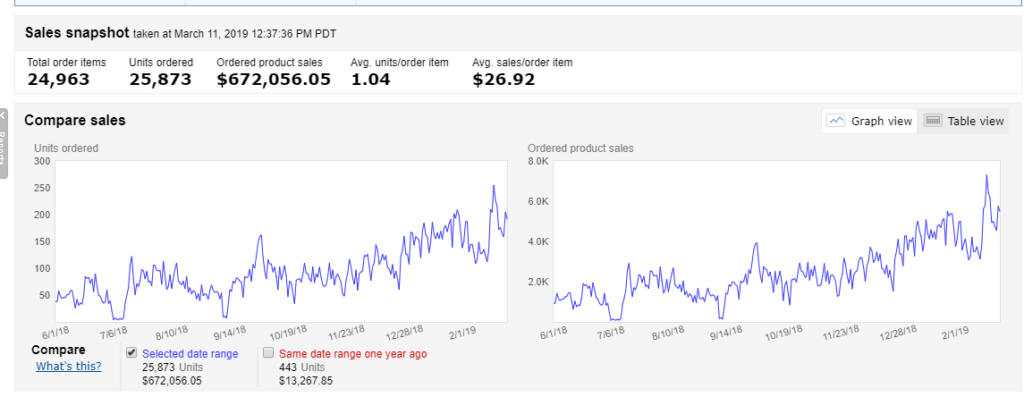
How we do it
THE ON-PAGE OPTIMISATION PROCESS

Amazon On-Page Optimisation Checklist
Every individual product listed on Amazon should be optimised for a pre-selected group of keywords, which are then built to increase conversions of viewers to customers and increase rankings. Below is our exact process to achieve this;
- Keyword Research
- Competition Analysis
- Copywriting
- Title creation
- Bullet Point Optimisation
- Description Writing
- Search term creation.
Analysis
1) Keyword Research
On-page optimisation involves everything that goes into a listing itself. This includes titles, bullet points, content, descriptions, back-end search terms and images. This all begins with in-depth keyword research.
Keyword Research
We also reverse engineer competitors exact keywords, including their search volumes and organic rankings. Showing us what terms we should integrate into the listing, as well as what keywords make up the majority of their sales, as well as integrating terms they may have missed or don’t utilise effectively.
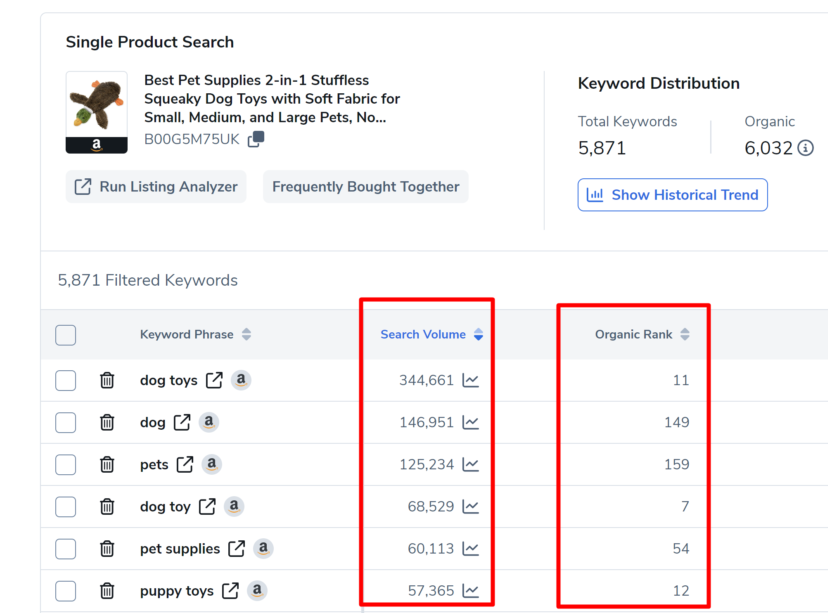
ALL ABOUT THE LISTING
2). Optimisation Of Product Listings (On-page Optimisation)
Once you have your target keywords established, the next stage involves implementing these into a listing in the most effective way (for both the Amazon algorithm and for users to convert to customers).

The Title & Back-End Search Terms
The title is the single largest on-page ranking factor for an Amazon listing. We want to build listing titles that both draw attention for users but also contain a number of our primary keywords. There are also multiple rules and best-practices when creating titles on Amazon to avoid over-optimisation, wasted characters and keyword stuffing. After the title, the back-end search terms are the next most important criteria, these should be optimised for specific profitable keywords related to your product, this is another area to avoid over-optimisation.
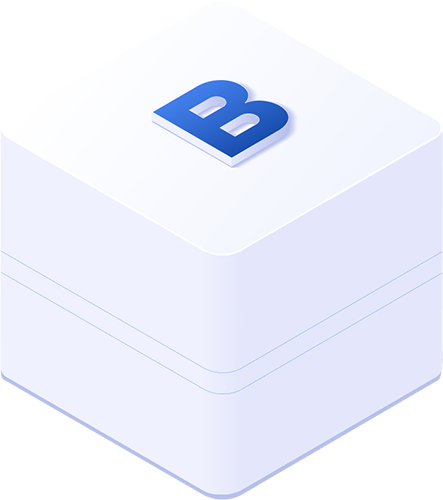
Bullet Points
The bullet points are essential for the “selling” of your product, less so for actual rankings. Many Amazon sellers miss this key element, only writing for the search engines and ignoring the bullet points primary goal of selling users on your actual product. With over 5 years of experience writing copy and ads, we pull principles from experts such as Cialdini, Luntz, Ariely, Ries to write these in the most beneficial way for both search engines and users. The aim is to write bullet points primarily for users, but also to write these to implement our keywords without affecting readability or conversions.

Listing Copy
Another essential element to a high converting Amazon listing is having the right type of copy in the listing itself. This can be within the description, bullet points or EBC (enhance brand content), this is especially important for brands with multi-product listings. We build the listings from a copy first, optimisation second mentality. Increasing the percentage of people who hit your listing who go on to buy.

Description
The product description is where we can be more liberal in our keyword usage. 95% of buyers on Amazon do not fully read product descriptions. And 80% make an instant buying decision based on reviews, price and images. This means that we want to write these descriptions with the final 5% in mind, talking more about the story of the business, whilst at the same time liberally including all of our remaining keywords we have yet to implement into the listing.

Benefit Driven Images
BDI’s are images that show the featured benefits of a product in the image itself. This improves conversions by around 30% in almost every case when correctly implemented. A simple tactic to implement and since 95%+ of consumers do not fully read an Amazon listing, we should be looking to get across as many positive benefits of the product in the images themselves. More on this below.
Using images to your advantage
3). Image Optimisation (Benefit Driven Imagery)
Benefit driven imagery (BDI) have been shown to increase conversions by up to 400% on Amazon listings. BDI’s are simply images that help sell your product in the image itself rather than purely just product photography with generic lifestyle imagery. These generally include bullet points, key selling features, tables, usage information etc.
BDI’s help consumers see the value of your product right in the images rather than scrolling and (probably) missing the text in your content. These can be very simple BDI’s (such as just including key information in your image in the form of a bullet pointed list), or more advanced depending on your user and who you are selling to (such as third party lab testing results).
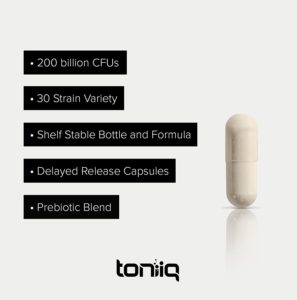
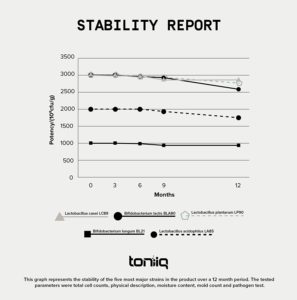
For more information about our Amazon on-page optimisation services, please get in touch below.